Я твой дефибриллятор дотронусь до сердца фото презентация
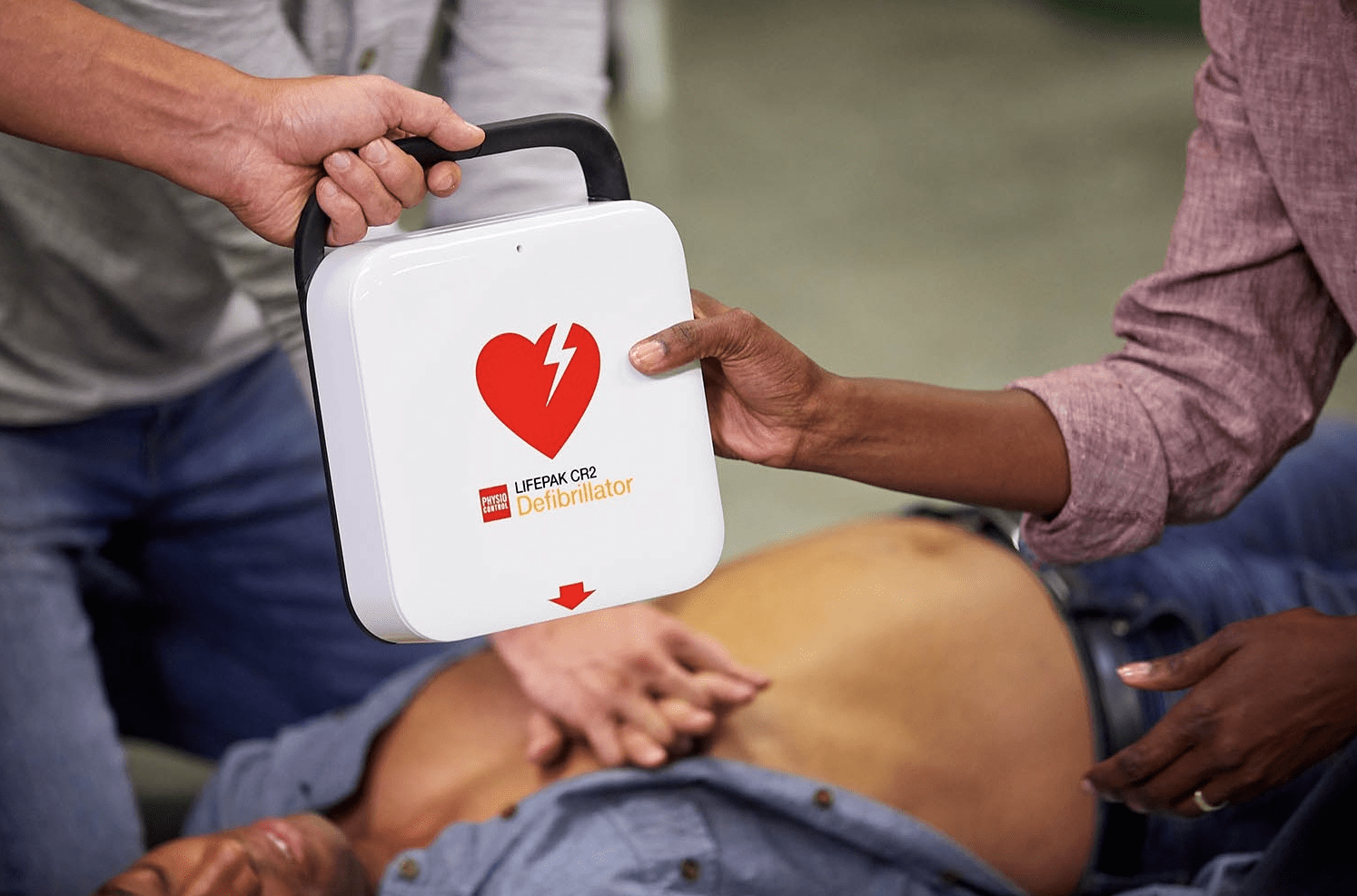
3. All defibrillators fitted with defibrillation pads should include a skin preparation kit that should include: a pair of trauma scissors, a dry disposable shaver, alco-wipes and hand towels. 4. Pads are to be placed to ensure that a shock is delivered on an axis through the heart. Typical
Defibrillator Electrode Position resQshock
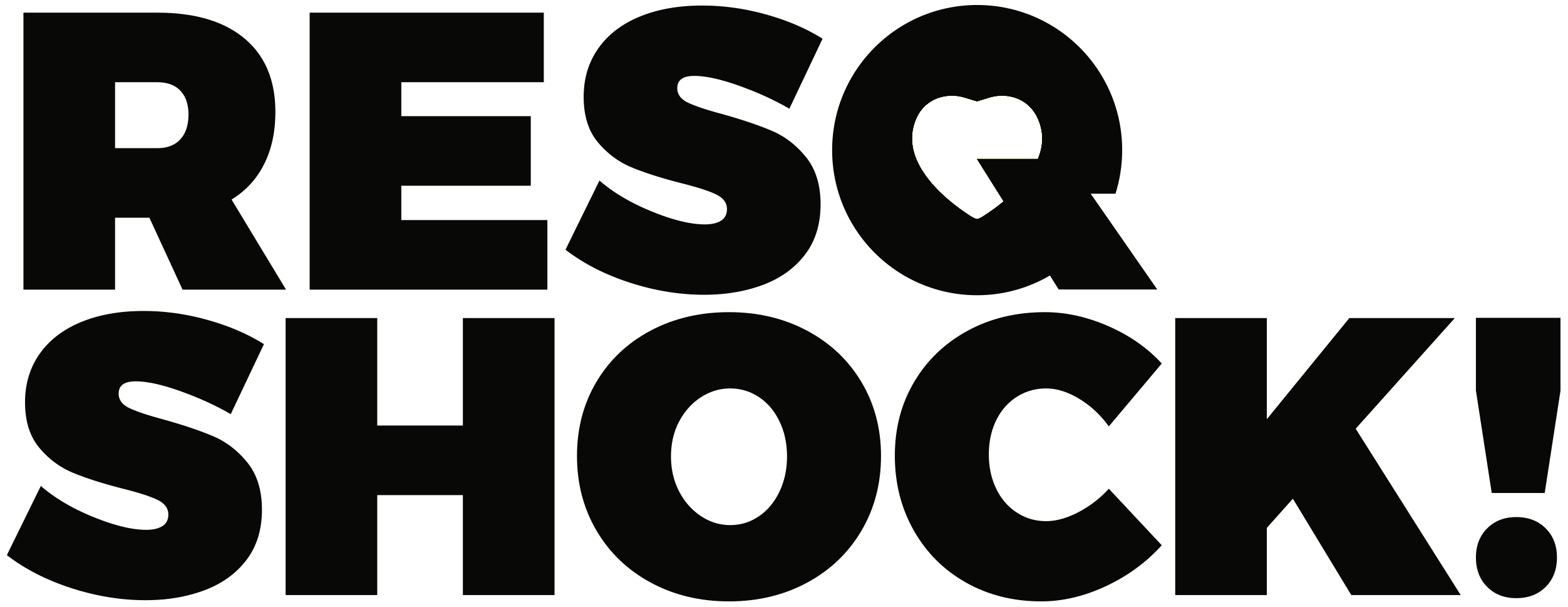
For defibrillation of ventricular fibrillation or pulseless ventricular tachycardia, the energy level for the first shock is 120 to 200 joules for biphasic devices (or according to manufacturer specification) although many practitioners use the maximum device output in this setting
What do defibrillators do? What you need to know! Reflex Medical
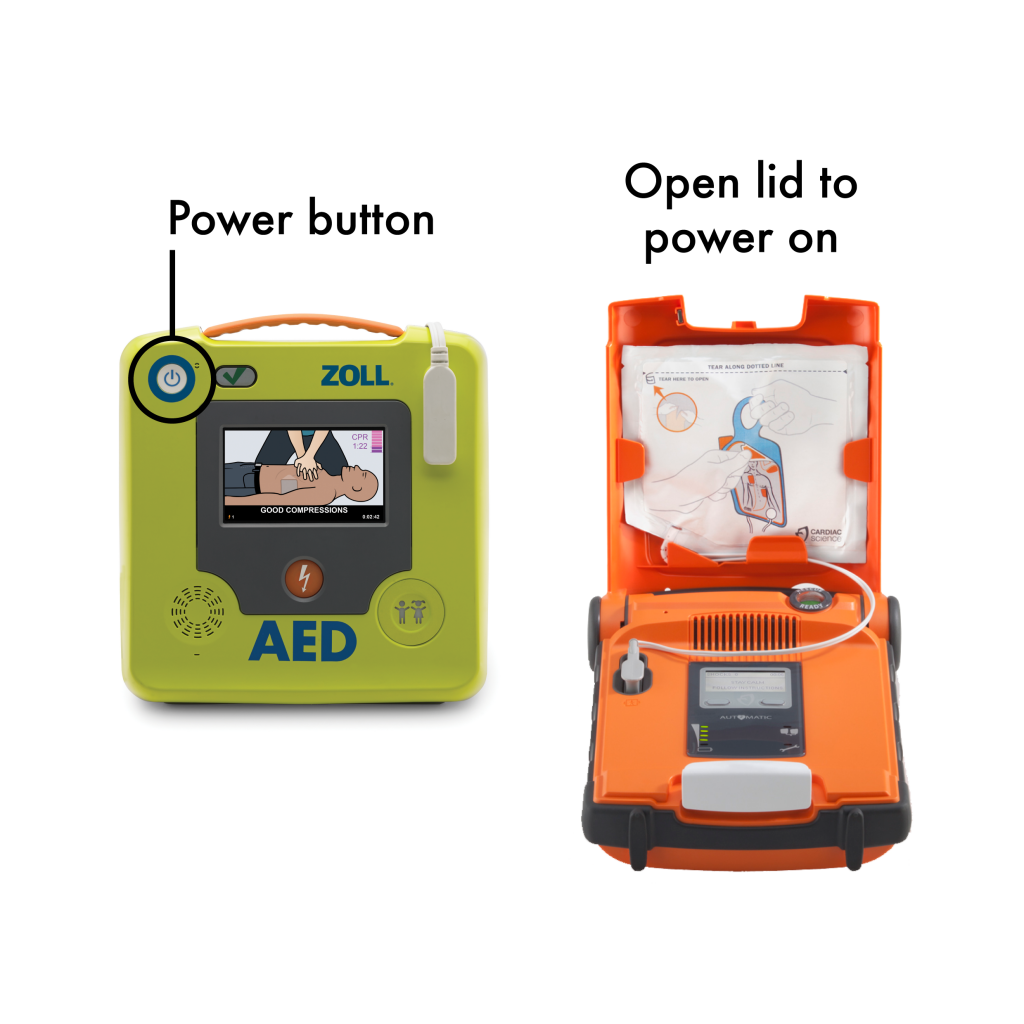
The Defibrillator will analyse a persons heart rhythm. If a shock will help the heart, the defibrillator will tell you to stand clear and will either shock them automatically or tell you to press the shock button. Sometimes, the heart condition will be so severe that emergency services will need to give them medication before a shock.
DEFIBRILLATOR for Rent Kennards Hire
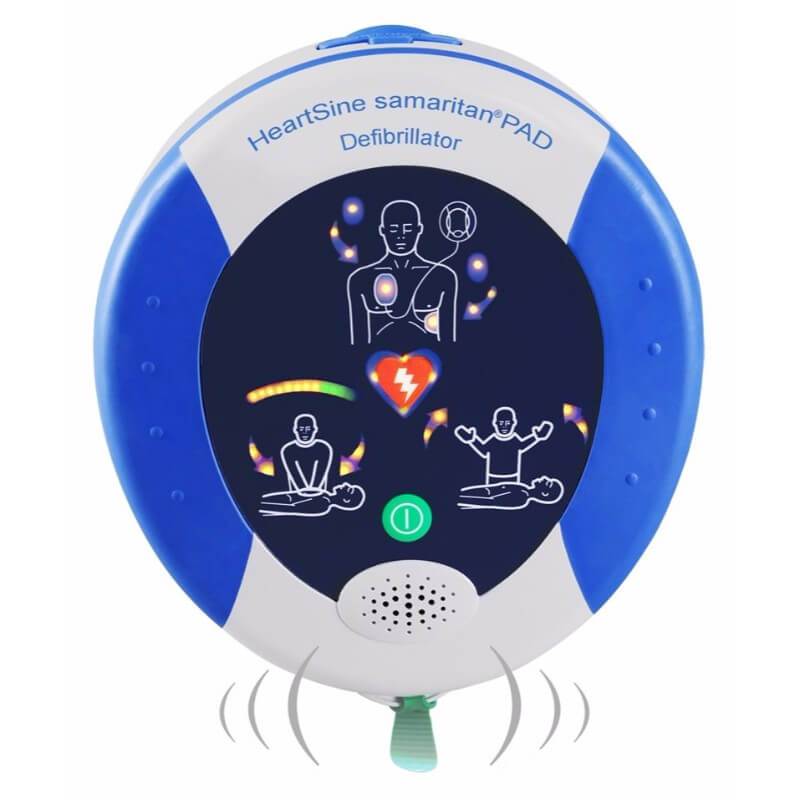
A defibrillator uses moderately high voltage (between 200 and 1,000 volts) to shock the heart, which essentially resets the SA node and forces it to resume its normal electrical activity. The voltage delivered to the patient depends on the presence of a heartbeat and how strong, fast, or slow it is. Typically, the shock from an AED uses about.
Automatic External Defibrillators Philips Heartstart Defibrillator, For Multiple, ID 26142918897

Defibrillators. single most important modality for cardiac arrest management. likelihood of these rhythms reverting with defibrillation is inversely proportional to time. the chance of successful reversion declines at a rate of 7-10% per min from onset of VF. current pulse causes synchronous contraction of the heart muscle, hopefully allowing.
BIM objects Free download! M7655 Defibrillator/Cardioscope, 5Lead BIMobject
Today's AEDs are calibrated to deliver between 120-200 joules. The first shock applied to the patient will be on the low end of the scale and it will increase with each attempt. In the past, it was researched that as much as 360 joules won't damage the heart any more than the lower doses will.
What Is a Defibrillator & How Does It Work? ProTrainings
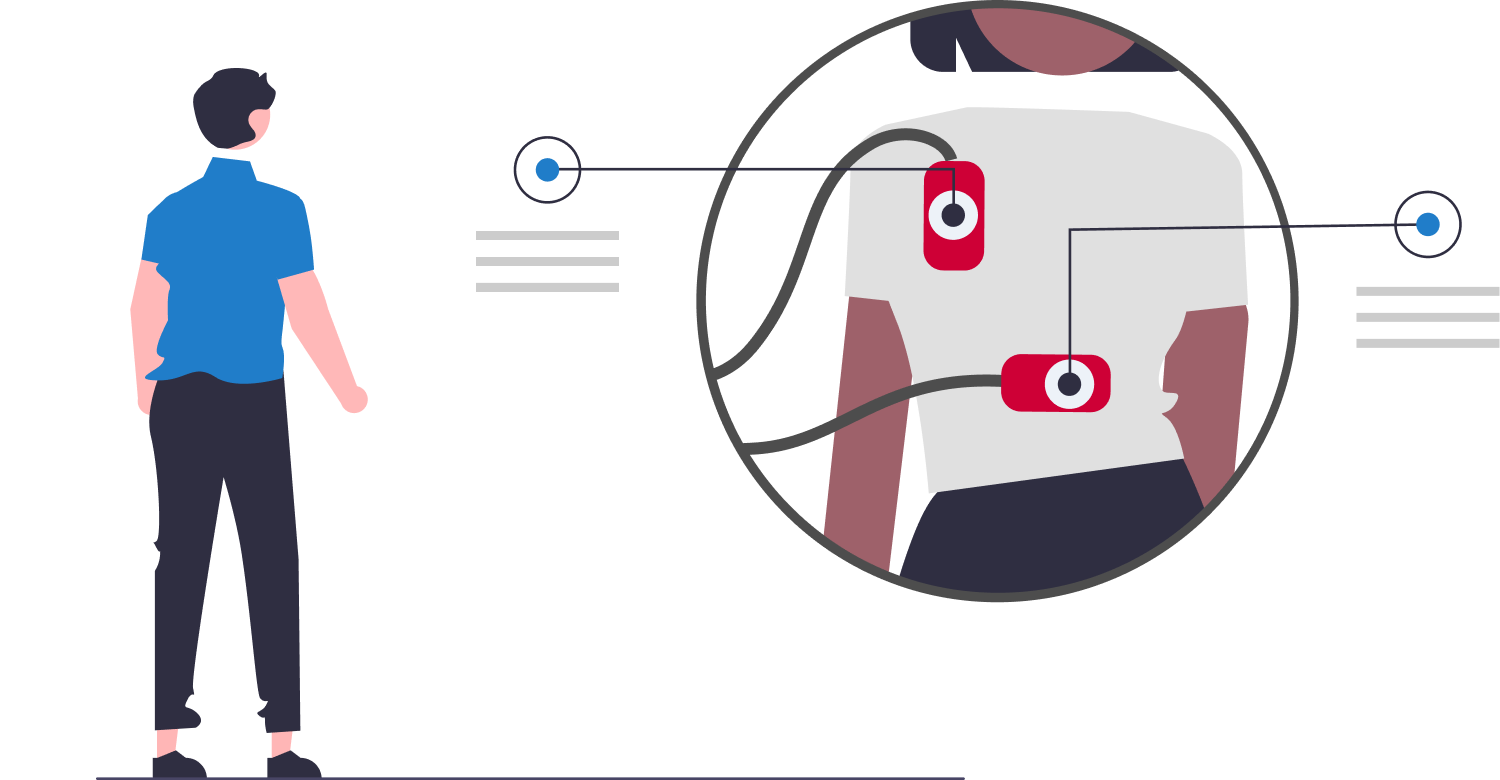
The Philips HeartStart FRx and Defibtech Lifeline —both of which use a biphasic truncated exponential (impedance compensated) waveform—deliver a nominal amount of energy equal to 150 J for adults with 50 Ω of impedance and 50 J nominal delivered energy for children with 50 Ω of impedance. The HeartSine Samaritan PAD 350P, 360P, and 450P.
SOLVED The immediate cause of many deaths is ventricular fibrillation, an uncoordinated
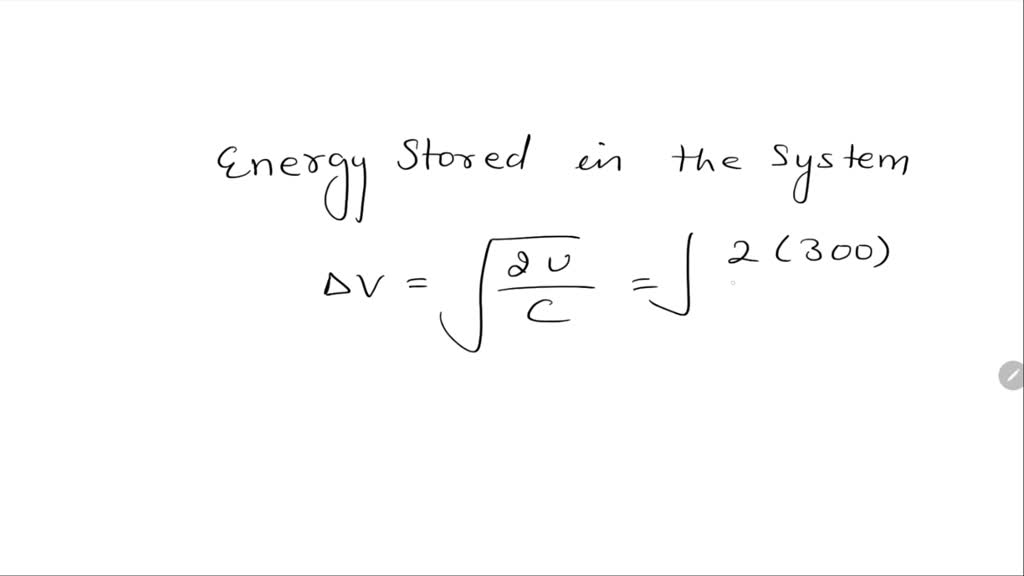
Defibrillation is a treatment for life-threatening cardiac arrhythmias, specifically ventricular fibrillation (V-Fib) and non-perfusing ventricular tachycardia (V-Tach). [1] [2] A defibrillator delivers a dose of electric current (often called a counter-shock) to the heart. Although not fully understood, this process depolarizes a large amount.
SOLVED BIO The immediate cause of many deaths is ventricular fibrillation, an uncoordinated
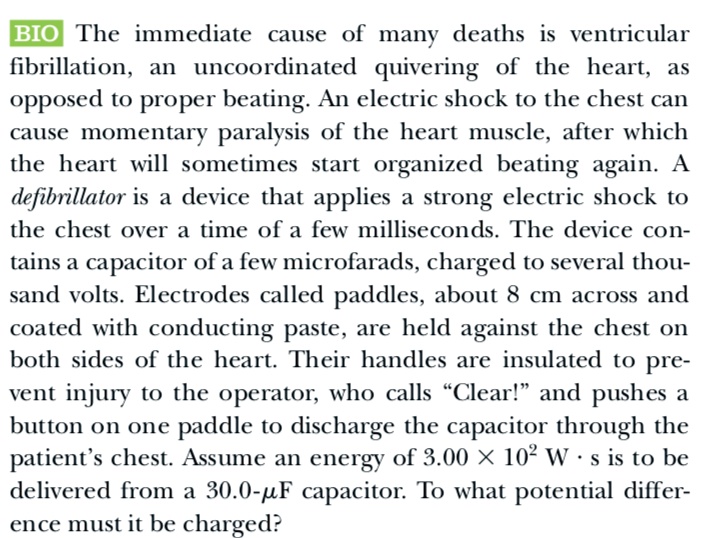
Defibrillation. The heart is controlled by an electrical impulse that makes it beat in a regular rhythm, keeping you alive. When a person has a sudden cardiac arrest (SCA), the normal rhythm becomes disrupted and disorganised, which means their heart can't beat properly and they won't be able to breathe normally.
PM8000E Defibrillator Optimal Medical Equipment Solution Pavilion Medical
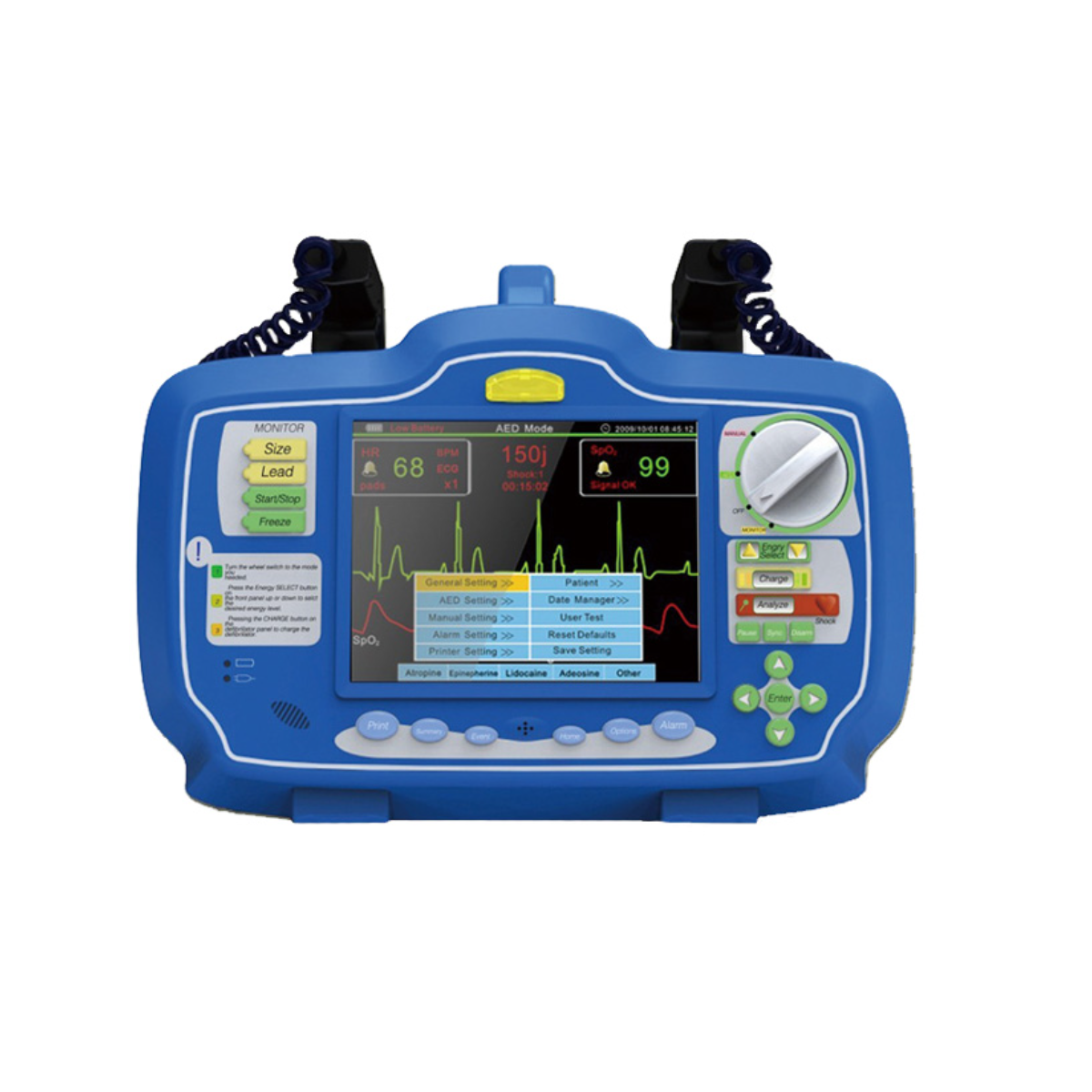
Importance of Defibrillator Voltage. Most AEDs have a fixed number of joules they will deliver to the patient when a shock is advised. Typically, their energy level is somewhere between 120-200 joules. For example, the capacitor in the Avive Connect AED stores 2,000 V so that it can deliver a 150 joule shock to an adult patient and a 50 joule.
How Many Volts Are in A Defibrillator?

Many manual defibrillators come in three modes: synchronised cardioversion and internal and external defibrillation. Using the manual device requires the operator to have in-depth knowledge of advanced cardiac life support because it doesn't have the same safety features as its automated counterpart. Unlike an AED that alerts the.
How Many Volts Are in A Defibrillator?

A defibrillator is a life-saving device that can restart a person's heart in the event of a sudden cardiac arrest. However, for a defibrillator to work properly, it must be adequately maintained and supplied with the necessary supplies. At Restart the Heart, we have a wide range of defibrillator supplies, including batteries, electrodes, and pads.
Automated external defibrillator aed hires stock photography and images Alamy
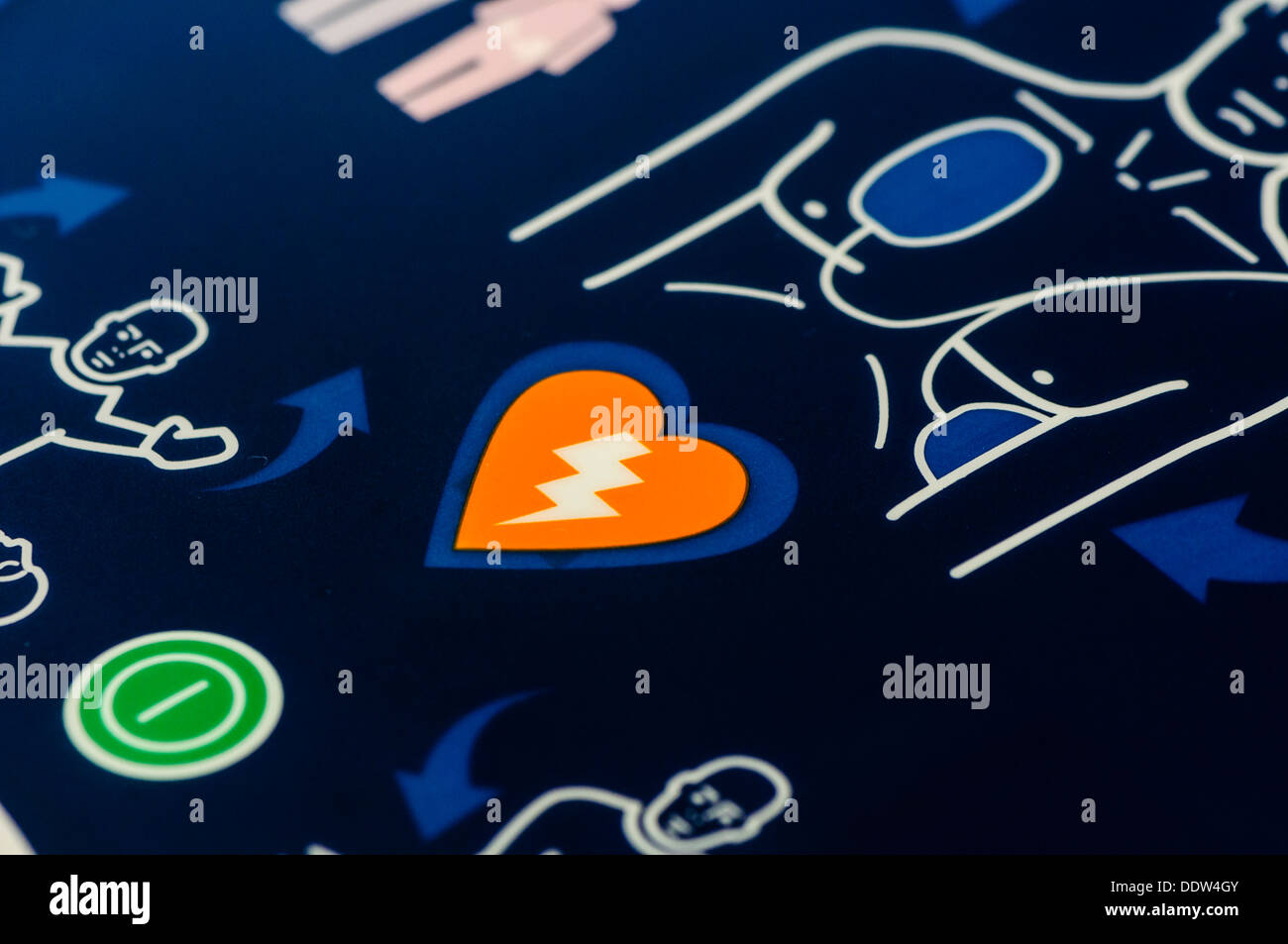
A defibrillator can save your life if you're in cardiac arrest. This device provides an electrical charge that stops your heart's abnormal rhythm so your heart can get back to a normal rhythm. Even with defibrillation, cardiac arrest is fatal for many people. It's not unusual for survivors to require multiple types of therapy to recover.
D500 Monitor Defibrillator tradekorea
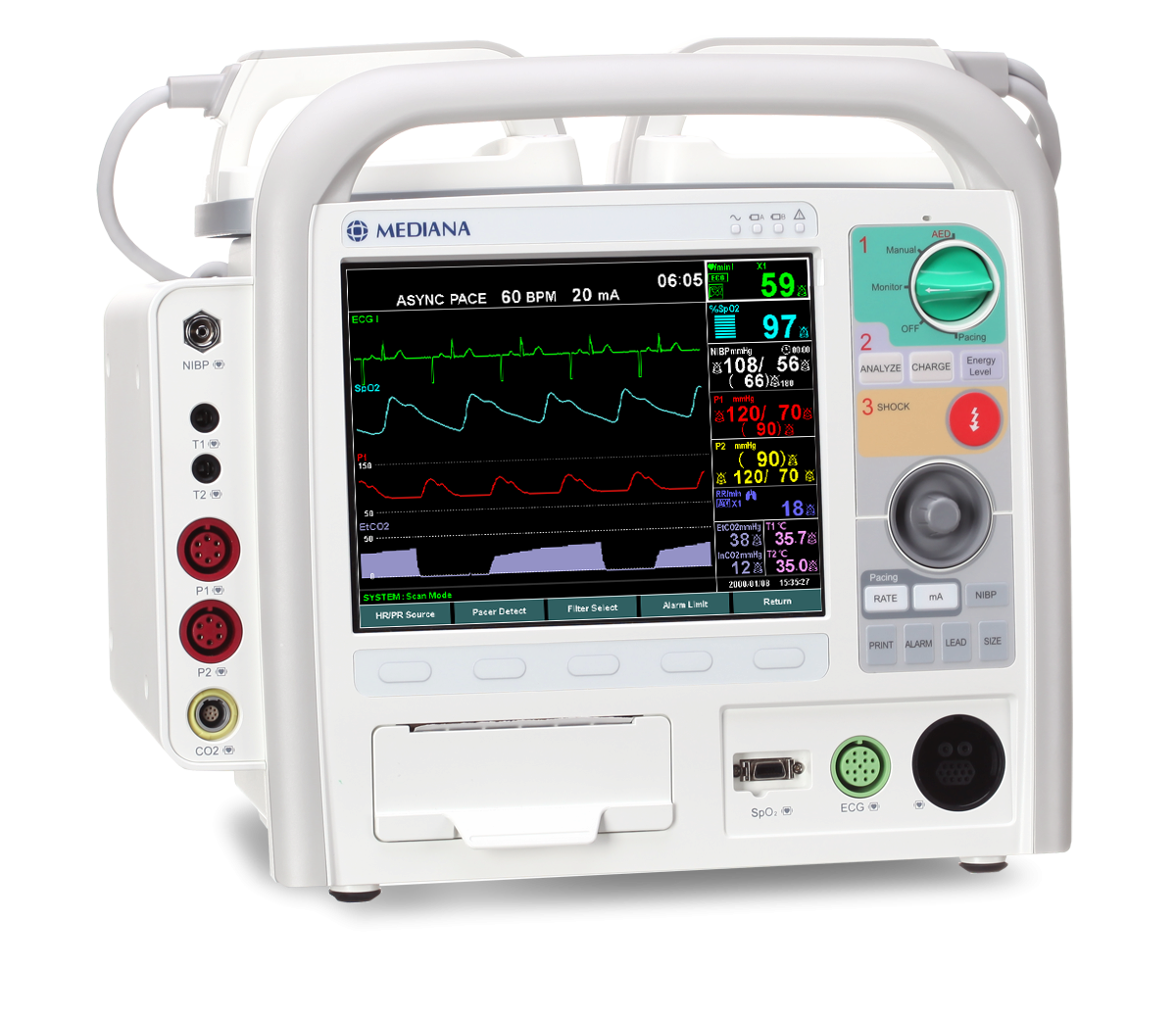
External Defibrillator. The first type of defibrillator is the external defibrillator, which is the most common type of defibrillator used in hospitals. External defibrillators use a high voltage (usually between 200 and 360 volts) to shock the heart. They are typically used in emergency situations, such as when a person goes into cardiac arrest.
Defibrillator 3D Model 9 .3ds .blend .c4d .dae .dxf .fbx .lwo .lxo .ma .max .obj .xsi Free3D

Implantable Cardioverter Defibrillator (ICD) ICDs are useful in preventing sudden death in people who have a high risk of a life-threatening arrhythmia. These include ventricular tachycardia (VT) or ventricular fibrillation (VF). Most ICDs, called transvenous ICDs, have a dual function and also serve as a pacemaker. View an animation of an ICD.
Medical Defibrillator 3D Model 46 .fbx .max .obj Free3D

Learn how a defibrillator can restart a heart and save lives, with expert explanations and illustrations.